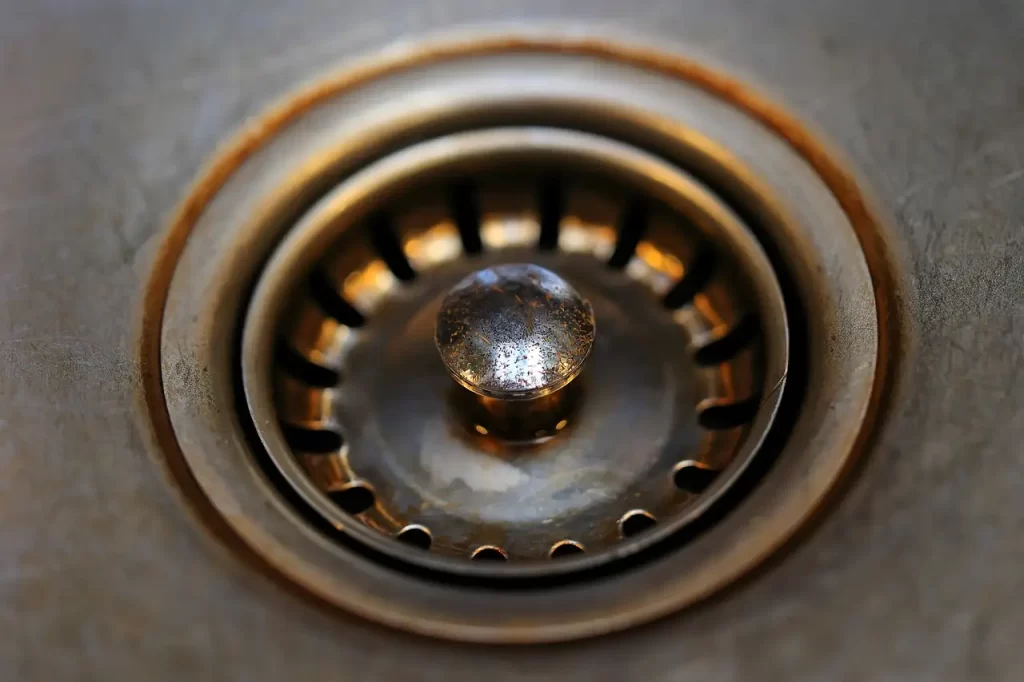Backflow prevention is a critical aspect of plumbing system design and maintenance that often goes overlooked. Backflow occurs when water flows in the opposite direction of its intended flow, which can contaminate the clean water supply with potentially harmful substances. To safeguard the health and safety of your household, as well as comply with local plumbing codes, it’s crucial to understand the importance of backflow prevention in your plumbing system.
What is Backflow and Why is it Dangerous?
Backflow occurs when water flows from a contaminated or non-potable source back into the potable water supply, contaminating the clean water with substances such as chemicals, bacteria, sewage, or other contaminants. This can happen due to changes in water pressure or other disruptions in the water supply system, which can create a reverse flow and allow contaminants to enter the drinking water supply.
Backflow can pose serious health risks to you and your family. Contaminated water can cause illnesses or even be life-threatening if ingested, used for cooking, or for personal hygiene. In addition to health risks, backflow can also damage your plumbing system, causing corrosion, clogs, and other issues that can be costly to repair.
Importance of Backflow Prevention
- Protects Clean Water Supply: The primary purpose of backflow prevention is to protect the potable water supply from contamination. Backflow prevention devices, such as backflow preventers or check valves, are designed to prevent water from flowing back into the clean water supply, ensuring that the water you use for drinking, cooking, and other household activities remains safe and uncontaminated.
- Ensures Compliance with Plumbing Codes: Many local plumbing codes and regulations require the installation of backflow prevention devices in certain situations, such as for commercial properties, multi-unit buildings, or irrigation systems. It is important to comply with these codes to avoid penalties and fines, as well as to protect public health and safety.
- Prevents Costly Plumbing Repairs: Backflow can cause damage to your plumbing system, including corrosion, clogs, and other issues that can be expensive to repair. By installing and maintaining backflow prevention devices, you can prevent potential damage to your plumbing system, saving you from costly repairs and maintenance in the long run.
- Promotes Environmental Protection: Backflow prevention also helps to protect the environment. Contaminated water that enters the natural environment through backflow can harm local ecosystems, pollute rivers, lakes, and groundwater, and have a negative impact on wildlife and vegetation. Backflow prevention devices help to prevent such contamination and promote environmental protection.
- Provides Peace of Mind: Knowing that your plumbing system is equipped with proper backflow prevention measures provides peace of mind for you and your family. It ensures that the water you use in your daily activities, such as drinking, cooking, and bathing, is safe and free from contaminants, protecting the health and well-being of your household.
Conclusion
Backflow prevention is a crucial aspect of maintaining a safe and healthy plumbing system. It protects the potable water supply, ensures compliance with plumbing codes, prevents costly repairs, promotes environmental protection, and provides peace of mind. If you’re unsure about the backflow prevention measures in your plumbing system, it’s essential to consult a professional plumber who can assess your system and recommend appropriate backflow prevention devices. Investing in proper backflow prevention measures is a proactive step towards protecting the health and safety of your household and the environment.


